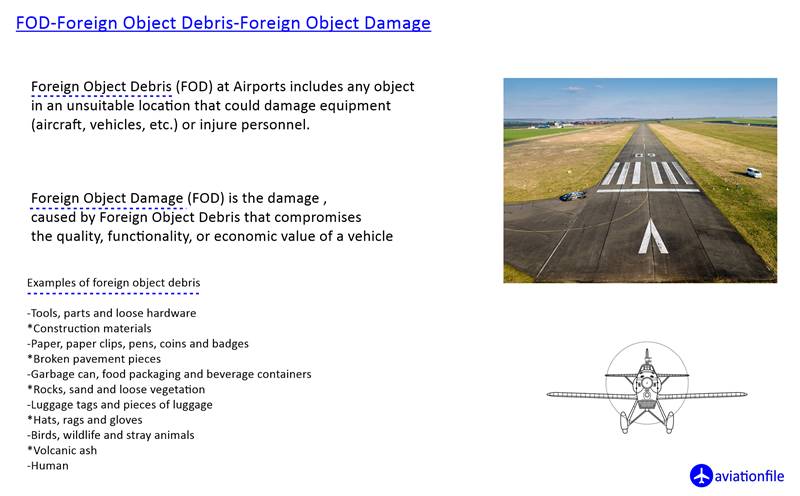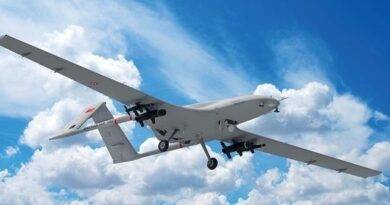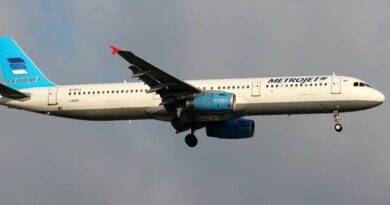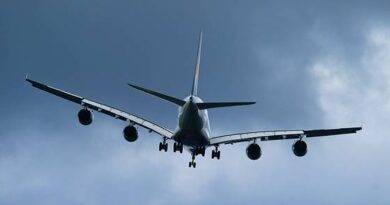The Importance of Runway Inspection: Ensuring Safe and Efficient Air Travel
Runway inspection plays a vital role in the aviation industry, ensuring the safety and efficiency of air travel. With thousands of flights taking off and landing on runways worldwide each day, it is crucial to maintain and inspect these critical infrastructures regularly. This article explores the significance of runway inspection and highlights its essential role in maintaining the highest standards of safety and operational efficiency in the aviation industry.
Ensuring Safety
Safety is the foremost priority in aviation, and the condition of the runway directly impacts it. Runway inspections are conducted to identify and address any potential hazards that could compromise the safety of aircraft, passengers, and crew members. Regular inspections help identify issues such as cracks, potholes, debris, or other surface irregularities that could pose a risk to aircraft during takeoff, landing, or taxiing. By promptly addressing these issues, runway inspections help prevent accidents and ensure safe operations.

Preventing Foreign Object Debris (FOD)
Foreign Object Debris (FOD) refers to any object on the runway or adjacent areas that could potentially damage aircraft. FOD can include loose debris, tools, equipment, or even wildlife. Runway inspections play a crucial role in identifying and removing FOD, reducing the risk of damage to aircraft engines, tires, and other critical components. By keeping runways clear of debris, inspections contribute to safer flights and minimize the potential for costly repairs and delays.
Maintaining Operational Efficiency
Efficient operations are essential for any airport, as delays can have a significant impact on airlines, passengers, and overall air travel. Runway inspections help maintain operational efficiency by ensuring that runways are in optimal condition. By identifying and addressing issues promptly, inspections prevent the need for unscheduled maintenance or closures, reducing delays and disruptions. Regular inspections also allow for proactive planning and scheduling of necessary repairs or maintenance activities, minimizing the impact on airport operations.
Compliance with Regulatory Standards
The aviation industry is subject to stringent regulatory standards and guidelines set by national aviation authorities and international organizations. Runway inspections are essential to comply with these standards and ensure that airports meet the necessary requirements for safe operations. Regular inspections and maintenance help airports adhere to regulations such as runway surface condition assessments, markings, lighting, and signage, ensuring compliance with the established norms.
Extending Runway Lifespan
Runways are significant investments for airports, and their maintenance and repair costs can be substantial. Regular inspections contribute to extending the lifespan of runways by identifying and addressing issues at an early stage. Detecting and repairing cracks, uneven surfaces, or other defects promptly helps prevent further deterioration and the need for costly repairs or complete resurfacing. By maximizing the lifespan of runways, inspections help airports optimize their infrastructure investments.
Conclusion
Runway inspection is of paramount importance in the aviation industry. It ensures the safety of aircraft, passengers, and crew members, prevents FOD-related incidents, maintains operational efficiency, ensures compliance with regulatory standards, and extends the lifespan of runways. By investing in regular inspections and timely maintenance, airports and aviation authorities demonstrate their commitment to providing safe and efficient air travel experiences for all. Runway inspection is an indispensable practice that contributes to the continued growth and success of the aviation industry.
References:
- Federal Aviation Administration (FAA): Runway Safety Overview. Retrieved from https://www.faa.gov/airports/runway_safety/
- International Civil Aviation Organization (ICAO): Annex 14 – Aerodromes. Retrieved from https://www.icao.int/publications/pages/doc7300.aspx
- Airports Council International (ACI): Airport Excellence (APEX) in Safety Program. Retrieved from https://aci.aero/programs-services/apex-in-safety/
- Aircraft Owners and Pilots Association (AOPA): Runway Safety Best Practices. Retrieved from https://www.aopa.org/training-and-safety/air-safety-institute/runway-safety


